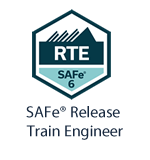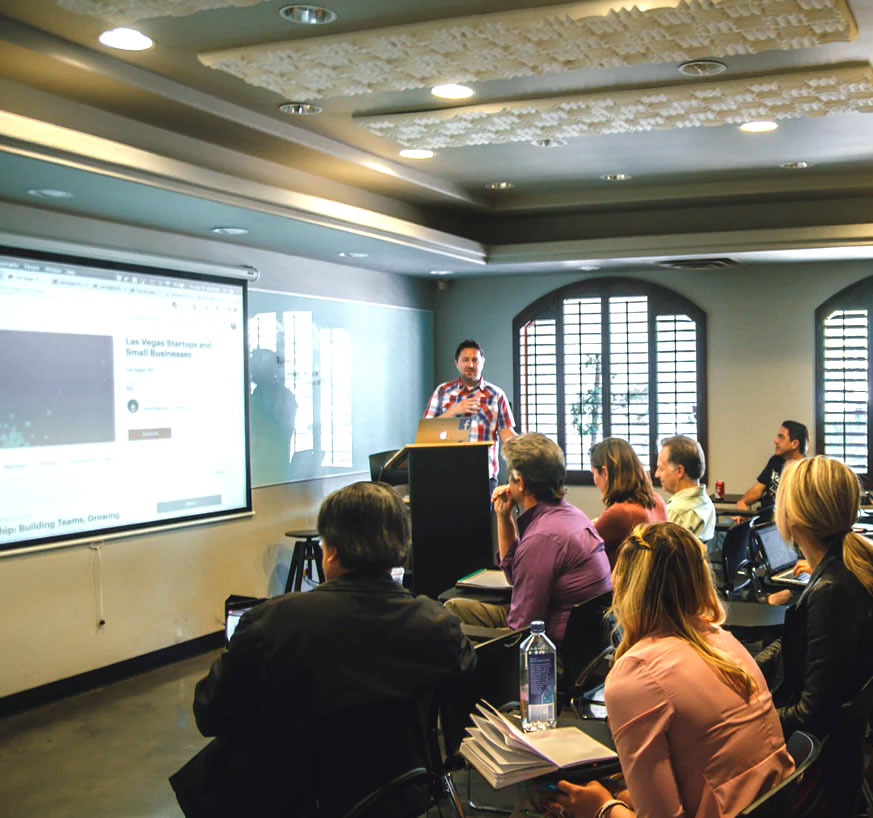
Facilitate and enable end-to-end value delivery through Agile Release Trains (ARTs)—and learn how to build a high-performing ART by becoming a servant leader and coach—when you become a SAFe® Release Train Engineer (RTE).
During this three-day course, gain an in-depth understanding of the role and responsibilities of a Release Train Engineer (RTE) in the SAFe enterprise. Through experiential learning, examine the RTE role in a Lean- Agile transformation. Learn how to facilitate ART processes and execution, coach leaders, teams, and Scrum Masters in new processes and mindsets. Explore how to prepare, plan, and execute a Program Increment (PI) planning event, the primary enabler of alignment throughout all levels of a SAFe organization.





